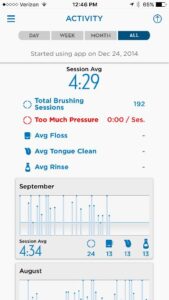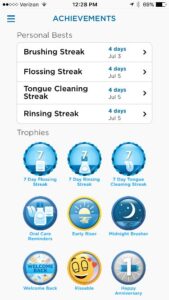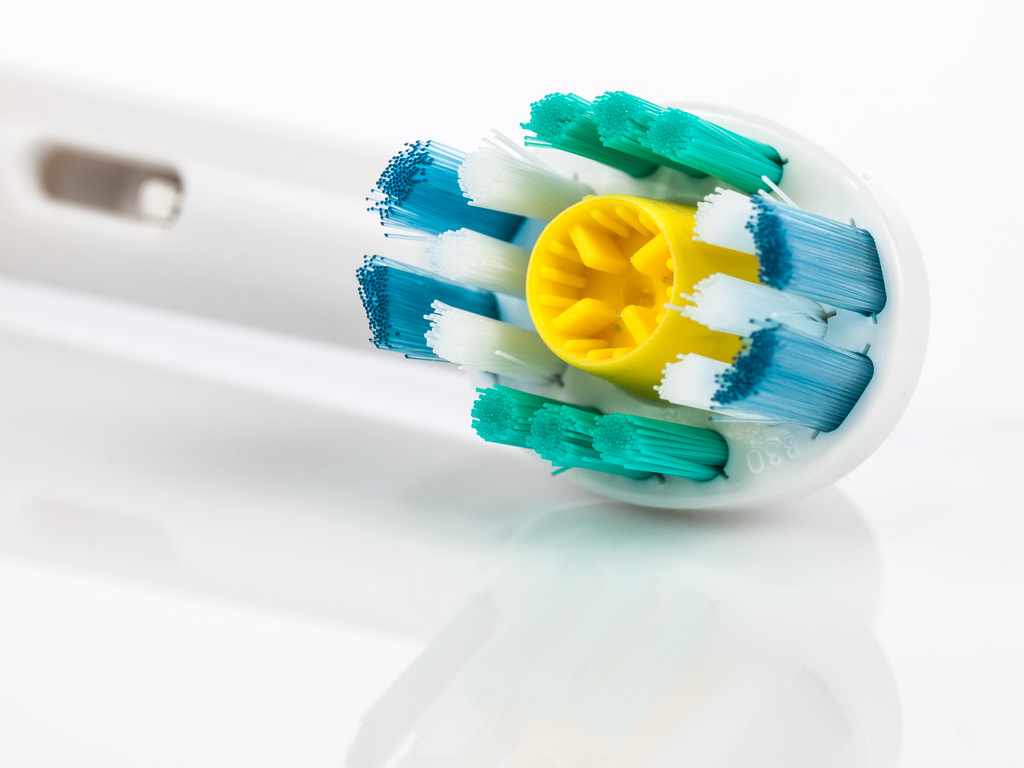Key Points
- toothbrushes are becoming data generators;
- new business models for toothbrush makers based on data acquisition are possible;
- opportunity for toothbrush makers to build direct relationships with users;
- established players experimenting with data sharing with dentists but still a work in progress;
- new entrants using connectivity and AI to differentiate offerings;
- data sharing with health insurers may reduce premiums;
- gamification of brushing for adults and children may improve dental health;
- opportunity for dentists to build closer relationships with patients via data sharing;
- data protection issues obviously important.
The electric toothbrush sector provides a good example of an industry adapting to the opportunities and threats posed by the Internet of Things (IoT). Across most developed economies, Proctor and Gamble (P&G) with its Oral-B brand and Philips dominate. According to Euromonitor in the US the 2 companies have about 45% market share each while in Germany, the UK and France, P&G tends to dominate. Germany is the largest market with almost 6 million electric toothbrushes sold in 2015, 4 million in the US and 3.5 million in the UK.
Several years ago these companies started offering Bluetooth-enabled brushes which monitor brushing patterns and transfer this data for analysis by a smartphone app. Here are a couple of screenshots of the Oral-B app showing how it presents captured data and the element of gamification it offers to encourage good brushing habits (images via the Dentristry IQ website)
Both companies allow users to share their brushing data with their dentists although this seems to be via email and so not really an integrated offering where dentists can track patient brushing behaviour over time.
The apps linked to these toothbrushes also offer information to users while they brush relating to news and weather.
Smart toothbrush business models
So do these Bluetooth-enabled brushes change anything for the business models of these companies or are they just a value-added feature for users? It’s probably too early to answer this with any certainty but digging a little deeper reveals some clues from P&G and Philips as well as several new entrants to the market.
A 2011 interview with the CEO of P&G, Robert McDonald, indicated that the company saw data capture and analysis as a key part of their corporate strategy:
So we’ve been working with all our data partners to help them understand that our need is for real-time data. For us it’s really constraint theory—understanding where the constraint in our data is and pushing it all the way to the data source. Then, change the data source.
Although McDonald is primarily referring to the data captured by retailers in the P&G supply chain, his demand for real-time data fits well with the IoT. Building direct relationships with users of their toothbrushes, for example, via smartphone apps, is a good way of expanding this process to the ultimate end-point in the supply chain as well as reducing the reliance on retailers for data.
In 2015, the associate director of P&G Ventures, Alan Goldstein, indicated that this desire to capture more end-user data was increasingly important to the company:
What’s the benefit to the consumer if a product could be connected? What else is in the environment and in the home that my product could interact with to deliver a better experience?
P&G’s experiments with Amazon Dash buttons shows a willingness to experiment with new ways to get closer to customers, albeit with Amazon acting as a gatekeeper in that instance. The company even offers a smartphone-controllable air freshener which according to Fortune magazine:
The air freshener also integrates with Nest thermostats if the homeowner has one. It ensures that the device releases the Febreze at the right time to take advantage of the air conditioning coming on in the room to optimally disperse the scent. Or in cases of high humidity, where scents tend to linger, the plug-in might not release as much scent in one burst, based on the data sent from the Nest.
Philips also sees closer connections to users and data capture an essential part of their business strategy. The company is making inroads into the smart home via products such as its Hue smart lighting but is also a major player in the healthcare equipment market. According to Dale Wiggins, VP of the Philips HealthSuite Digital Platform, their FlexCare smart toothbrush:
It feeds into our goal of improving overall health care. By connecting our devices and modalities in the hospital or consumer environment, it provides more data that can be used to benefit our customers.
So industry incumbents such as P&G and Philips see smart toothbrushes and the broader application of IoT technologies to their product portfolios as adding extra functionality for users and building direct relationships with these customers via data capture by the apps. New entrants are coming at this market from a slightly different angle.
Beam Technologies, for example, which recently launched the Beam Brush, is adopting a data-first approach and linking with health insurance providers in the US to offer discounted dental insurance for diligent brushers:
People often refer to us as a toothbrush company, but we’re not. We’re actually not interested in toothbrushes at all. We’re interested in health data. In many ways, [data-tracking] is the entire point of the Beam Brush.
Grush offers a Bluetooth toothbrush aimed at kids with a variety of downloadable games designed to encourage children to brush properly. The data captured by the games is then available to parents allowing them to check progress.
The still-to-be-released Prophix toothbrush has an HD camera which films the inside of your mouth as you brush Their privacy policy is interesting in that it is upfront about the amount of data they will be collecting and hints at possible in-app purchases:
We may collect and store Personal Information, Sensitive Information, and/or User Information that is voluntarily provided to us when you visit our Website, complete preregistration forms, register for an ONVI account through ONVI’s Website and/or App, activate your Device, use your Device, sync your Device with your account, complete surveys, upload pictures and/or messages in connection with your use of the Device and App, complete purchases, or customize and/or update your account. Specifically, the information with which you provide us may include, but is not limited to, your first name, last name, e-mail and physical addresses, gender, videos, photographs, certain health information/PHI, social media information, location (GPS) information, transmission data related to syncing a Device to an account, such as brush session data, App session data, motor speed, mobile phone manufacturer, operating system, App version, information regarding how you use and interact with the App, and when necessary, credit card information.
The ARA toothbrush was announced earlier this year It’s main selling point seems to be the AI software embedded on a chip in the brush itself which learns from your brushing and adjust accordingly:
The brush’s AI learns its user’s habits to provide more accurate data. Patented deep learning algorithms are embedded directly inside the toothbrush on a low-power processor.Raw data from the sensors runs through the processor, enabling the system to learn your habits and refine accuracy the more it’s used.
It’s obviously early days for the smart toothbrush and it remains to be seen if many people actually want that level of sophistication when brushing their teeth. However, the combination of gamification, AI and sharing data with dentists shows how even the humble toothbrush can be part of the IoT. Perhaps this video of a demo of the Oral-B smart mirror shows how the bathroom of the future might look.




